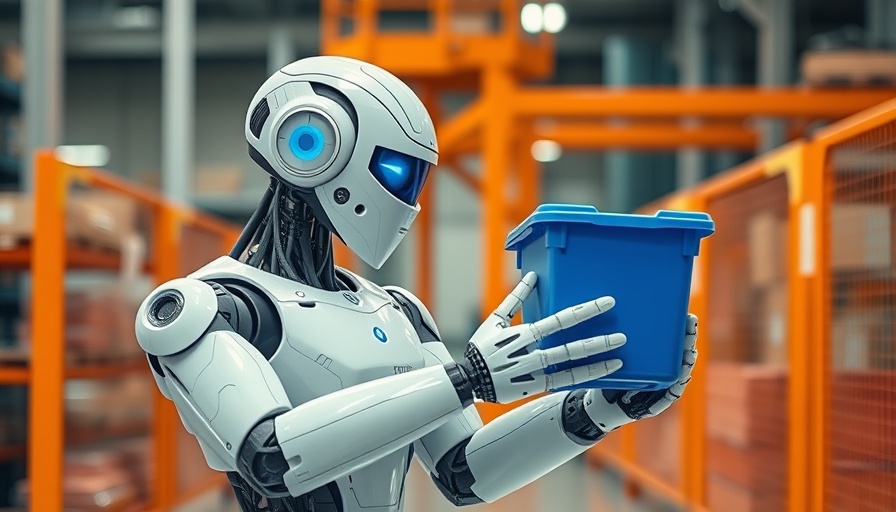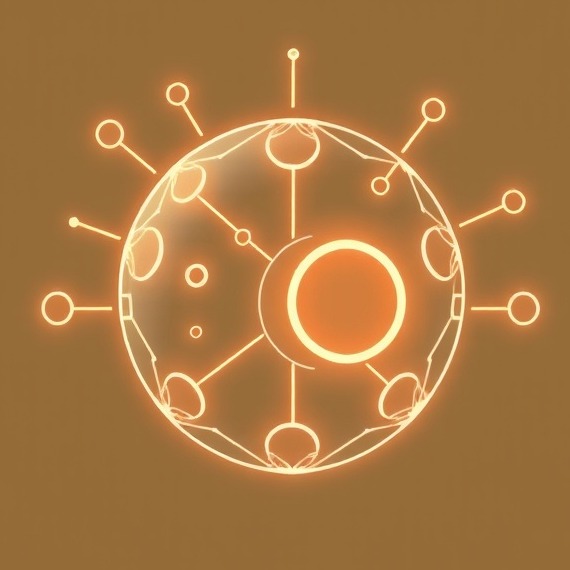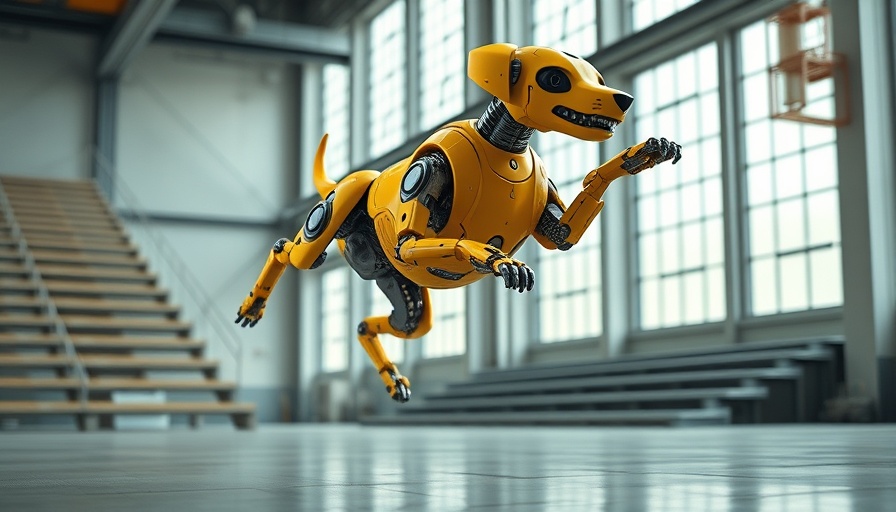
The Future of Robotics: Understanding End-to-End Neural Networks
The video Getting a Leg up with End-to-end Neural Networks | Boston Dynamics presents an intriguing look at how Boston Dynamics is leveraging cutting-edge artificial intelligence. At the heart of this discussion are end-to-end neural networks, which are reshaping the landscape of robotics.
In Getting a Leg up with End-to-end Neural Networks | Boston Dynamics, the discussion dives into how these technologies are changing robotics, leading us to explore the implications and advantages of this evolution.
What Are End-to-End Neural Networks?
End-to-end neural networks summarize a powerful concept in artificial intelligence, where the network directly maps raw input, such as images or sensor data, to the output actions the robot must take. This contrasts with traditional methods that require multiple steps and human intervention. By utilizing end-to-end systems, Boston Dynamics enhances the efficiency and capabilities of their robots in performing tasks autonomously.
Real-World Applications
Boston Dynamics' robots, like Spot and Atlas, showcase real-world applications of these neural networks. Spot, for instance, can navigate complex terrains while avoiding obstacles, thanks to its integrated strength from neural networks. Such advancements promise to drive productivity across various sectors, from logistics to construction, making labor-intensive processes more efficient.
The Impact on Future Robotics
The implications of these technologies extend beyond simplistic automation; they bring us closer to robots that can adapt and learn from their environments. This adaptability opens up exciting potential uses in healthcare, disaster response, and even companionship. Understanding how end-to-end neural networks function allows us to appreciate the rapid advancements in robotic intelligence.
A Call for Awareness
To stay updated as these technologies advance, individuals need to engage in the conversation about their impact. By following news and developments from leaders like Boston Dynamics, we can better understand how robotics will shape our future, both positively and negatively.
 Add Row
Add Row  Add
Add 




Write A Comment